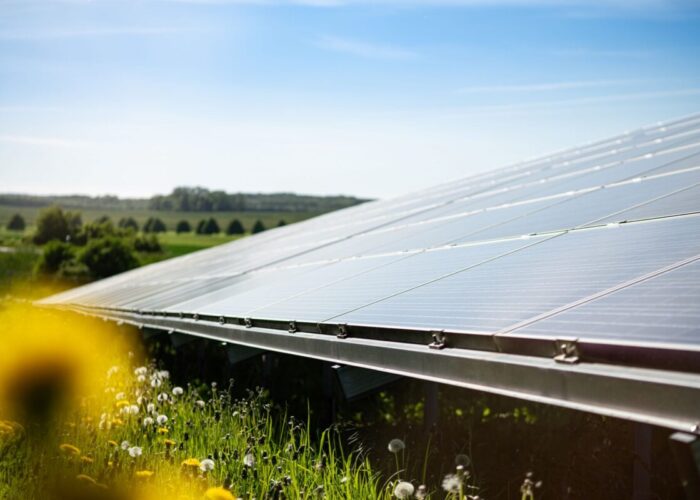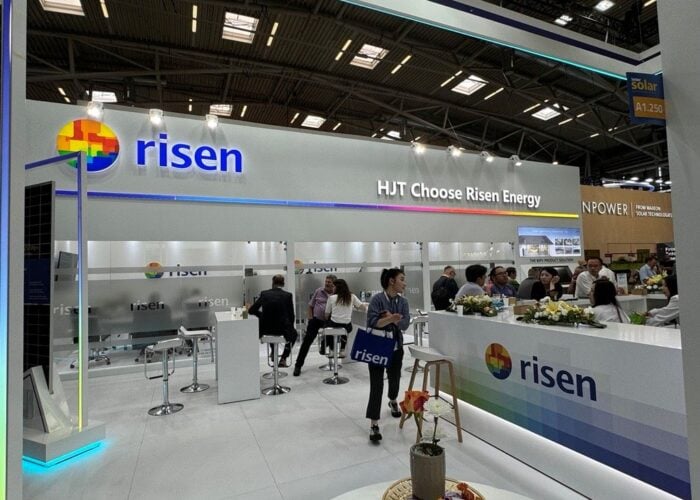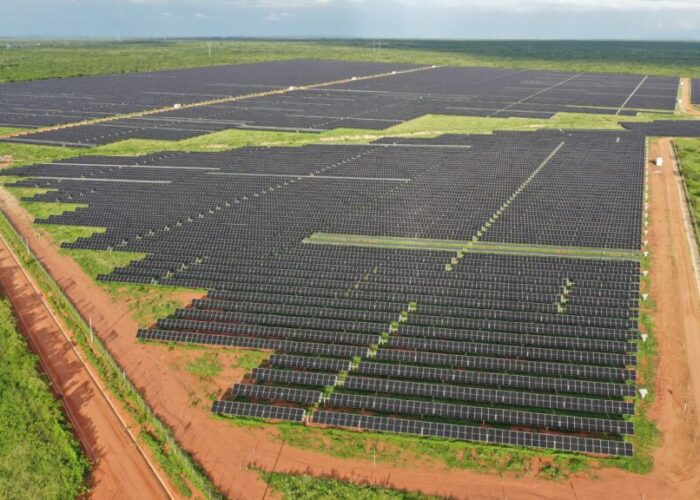A mechanically-stacked approach to GaAs/Ge multijunction solar cells that targets 40% conversion efficiencies have been unveiled by IMEC, during the EU PVSEC event being held in Hamburg this week. IMEC has succeeded in transferring a transparent GaAs top cell onto a Ge bottom cell that has a separate contact, creating a mechanical stack. IMEC, expects to show a first working triple-junction cell beginning of 2010.
The cell is a demonstrator of IMEC’s innovative technology to produce mechanically stacked, high-efficiency InGaP/GaAs/Ge triple-junction solar cells. Stacked solar cells combine cells made from different materials to capture and converse a larger part of the light spectrum than is possible with a single material.
Unlock unlimited access for 12 whole months of distinctive global analysis
Photovoltaics International is now included.
- Regular insight and analysis of the industry’s biggest developments
- In-depth interviews with the industry’s leading figures
- Unlimited digital access to the PV Tech Power journal catalogue
- Unlimited digital access to the Photovoltaics International journal catalogue
- Access to more than 1,000 technical papers
- Discounts on Solar Media’s portfolio of events, in-person and virtual
“Mechanical stacks are more complex to handle and interconnect,” noted Dr. Jef Poortmans, IMEC’s Photovoltaics Program Director. “But they definitely offer a way to increase the conversion efficiency and energy yield of high-efficiency solar cells. And they also enable an efficient way to try and use new combinations of materials. For this technology, we profit from IMEC’s expertise in 3D stacking, growing III-V layers, and solar cell processing.”
The expected conversion efficiencies are 1-2% higher than those obtained today with monolithic triple-junction solar cells (> 40% with concentrated illumination).







